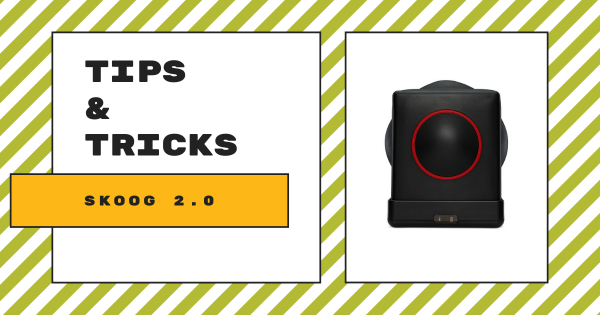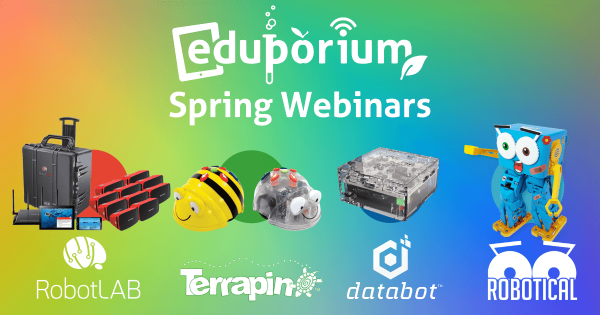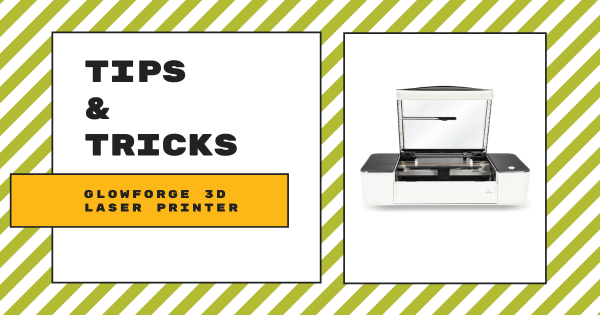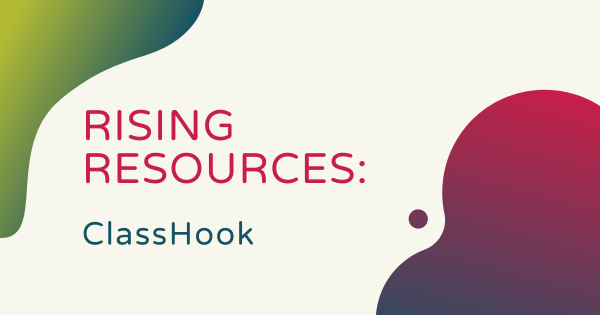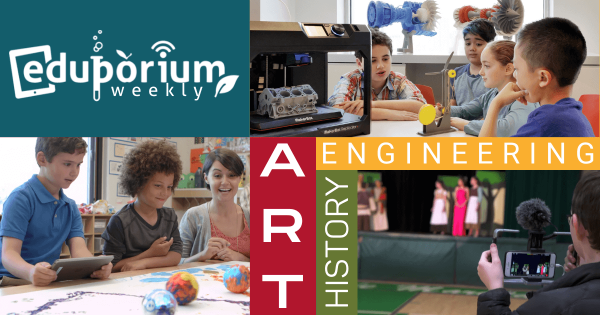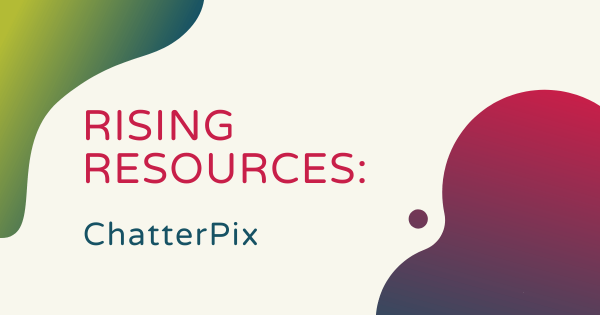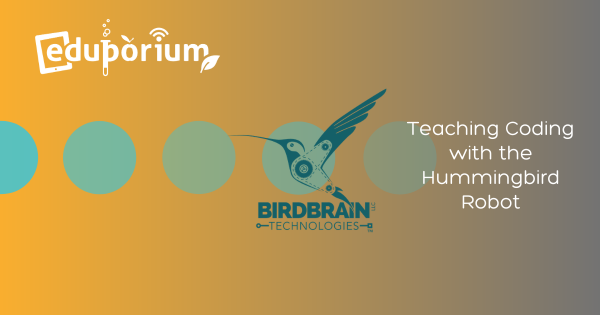The Skoog 2.0 is a tactile device that students can utilize to create sounds and music based on how they touch the various sides of this cube-shaped structure. It’s soft and even somewhat squishy, mimicking the top side of a drum with its unique texture but the Skoog 2.0 helps K–12 music teachers create learning experiences that are equally fun
STEAM
A broadened area branching out from STEM education, STEAM typically refers more to the creative side of things. STEM stands for Science, Technology, Engineering, and Math, which also happen to encompass some of the most prominent careers today. If we add an 'A' to make it STEAM, however, now we're incorporating art as well. Though not super closely related to science and technology on the surface, the arts may seem to be a strange element to add into STEM learning. With more opportunities to be creative, however, students can develop many of the key skills they'd need for success in a STEM career. STEAM learning encompasses many different areas—from artistic projects or makerspace endeavors to creatively solving problems. As kids try new, hands-on experiences, they also have more chances to activate inquiry and curiosity. And, these are two key drivers of learning and discovery.
Essentially, moving from STEM to STEAM involves adding extra creativity and opportunities for artistic freedom and exploration. Oftentimes, children will leverage various technologies in STEM or MakerEd projects but they can do even more. Tapping into the STEAM side of things, this gives them a chance to learn how thought-provoking questions and unique design elements can also come into play during their problem-solving processes. Educators could still encourage students to question things and connect problems to solutions—albeit with a more artistic lens. In STEAM projects, children often get to incorporate personalized details that illustrate some of their passions. And, while this self-expression is also important, it's how they authenticate these projects to the next degree that's truly valuable. Browse our STEAM content below for more insights and check out our store for all the tools you'll need.
-
Robotics, Coding, And VR: Our 2022 Webinar Replays
Throughout 2022, we’ve hosted an Eduporium webinar series and focused on some of the newer technologies we offer. In this series, we collaborated with a few of our manufacturer partners, who each certainly shared helpful insights on their classroom tech solutions. Head inside to learn more about four of our newer teacher tools for advancing STEM learning opportunities. -
STEAM Activities For Students With Different Learning Styles
Today’s four most common learning styles include visual learning, auditory learning, kinesthetic learning, and, finally, reading and writing. Almost all of our students fall into one of these categories and, as you may guess, since it combines hands-on exploring with solving problems, kinesthetic learning is the one that’s most often associated with hands-on STEM education. -
Tips & Tricks | The Glowforge 3D Laser Printers
The Glowforge 3D laser printers are some of the most capable high school STEM solutions we offer. Using these machines, kids easily create tangible designs from tons of different materials and each one helps CTE educators unlock truly future-focused instruction in makerspaces or classrooms. And, they’re quicker than 3D printers with lasers that cut and engrave rapidly. -
Tips & Tricks | Mayku FormBox Vacuum Former
The Mayku FormBox is a largely ready-to-use STEM solution with (almost) everything that students need to start manufacturing their own molds. The pack comes with the FormBox, Mayku Cast sheets, Mayku Form sheets, a power cord, a first making kit, a suction tube, and even a universal vacuum connector. They just need a vacuum tube and we have all the -
Eduporium Weekly | Drones And Education
What started out as a cool and unique chance for students to develop key skills while trying out new technology has grown into a legitimate teaching and learning approach. Now, with applications in all sorts of today’s STEM and CTE disciplines, educators are discovering how teaching with various drones can help prepare students for the future in a variety of -
Rising Resources | ClassHook: Teaching With Movie Scenes
Capitalizing on a great deal of genuine learning opportunities that, perhaps surprisingly, we can find within television shows and movies, ClassHook is a platform that helps turn the programs kids are watching into educational experiences. While TV usually serves as a break from learning, there’s also knowledge weaved in and ClassHook helps you find top media resources. -
Makerspace Learning In Different Areas Of The Curriculum
You probably know by now that we are huge advocates of makerspaces in K–12 schools. The added freedom for creating, hands-on experimentation, and exploration that they provide for students helps them learn in so many new ways. Now, many educators have even gone as far as to create their own makerspace curriculum after seeing all the benefits for students. -
Rising Resources | ChatterPix And Custom Animations
The general ChatterPix app allows students of any age to create and share interactive images or greetings with people anywhere in the world, helping them showcase their creative side in a tangible way. Whether they’re using it just for fun, as part of graded class projects, or even for designing cards or notices, ChatterPix makes a great educational tool for -
BirdBrain Video PD For Teaching Coding With Hummingbird
With the Hummingbird Bit STEAM kits from BirdBrain, students are able to combine robotics, programming, art and design, and the micro:bit into one valuable learning experience. With the micro:bit board powering their robot builds, elementary and middle school students can get super creative with their design while coding and inventing in the classroom or after school.




